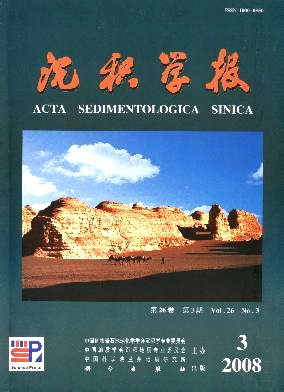Forming Mechanism of Secondary Pores in Deep Buried Reservoirs of Junggar Basin
- Received Date: 1900-01-01
- Rev Recd Date: 1900-01-01
- Publish Date: 2008-06-10
-
Key words:
- Junggar Basin /
- secondary pores /
- diagenetic stage /
- erosional dissolution /
- buried dissolution
Abstract: The subject reservoir were deep buried reservoir rocks in the larger depth of the hinterland of Junggar Basin, with the depth from 5 500 to 6 000 m. A lot of thin sections were analyzed by standard petrographic microscope, Xray diffraction, scanning electron microscope coupled energydispersive analysis and cathodoluminescence were used to analyze the types and mechanism of secondary pores. The result shows that the secondary pores are main types in deepburied reservoirs. The CheMo ancient uplift was growing in Middle Jurassic. The result was that diagenesis was nonpersistent and the stratum was uplifted. Graintograin calcite cement had dissolution action by acidic atmospheric water and it had a lot of secondary porosity. The stratum was embedded after Cretaceous system and had dissolution action by organic acid. Diagenesis was delayed because the stratum was uplifted. The object reservoir was in A1 of late diagenetic stage that had caused secondary porosity remained.
| Citation: | ZHANG Fu-shun. Forming Mechanism of Secondary Pores in Deep Buried Reservoirs of Junggar Basin[J]. Acta Sedimentologica Sinica, 2008, 26(3): 469-478. |






 DownLoad:
DownLoad: